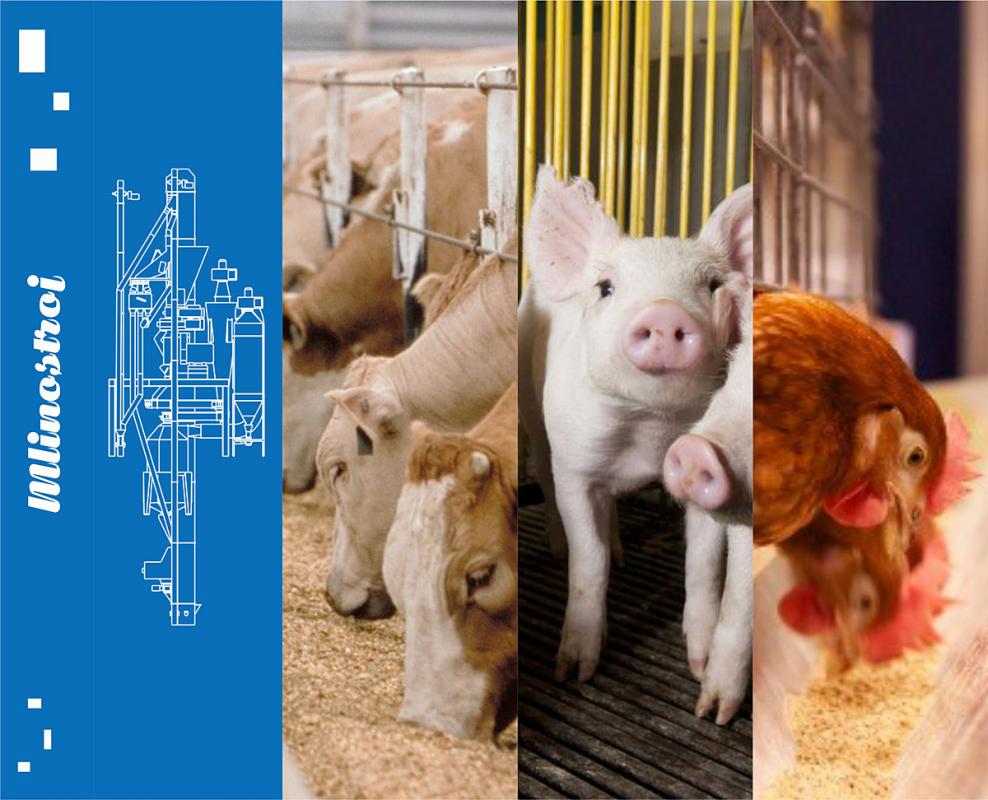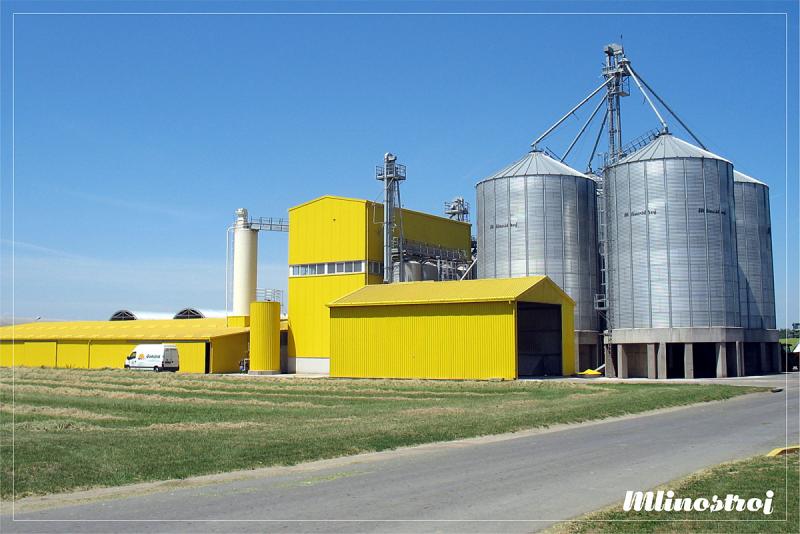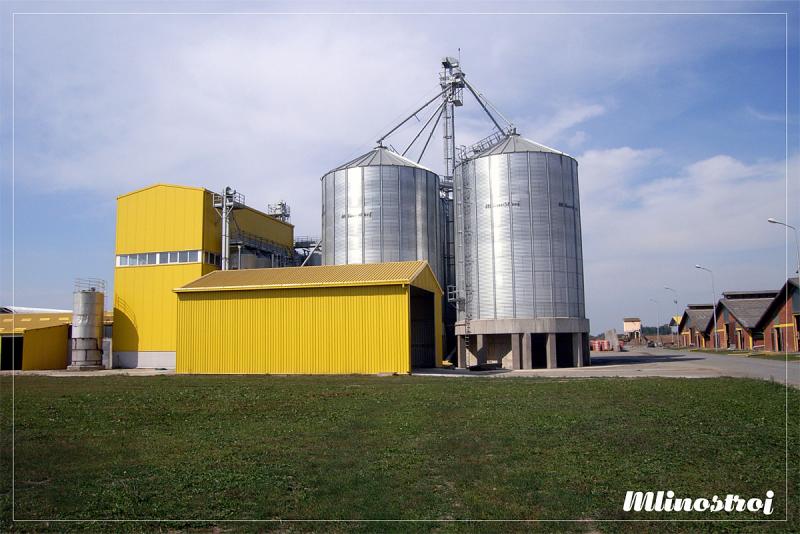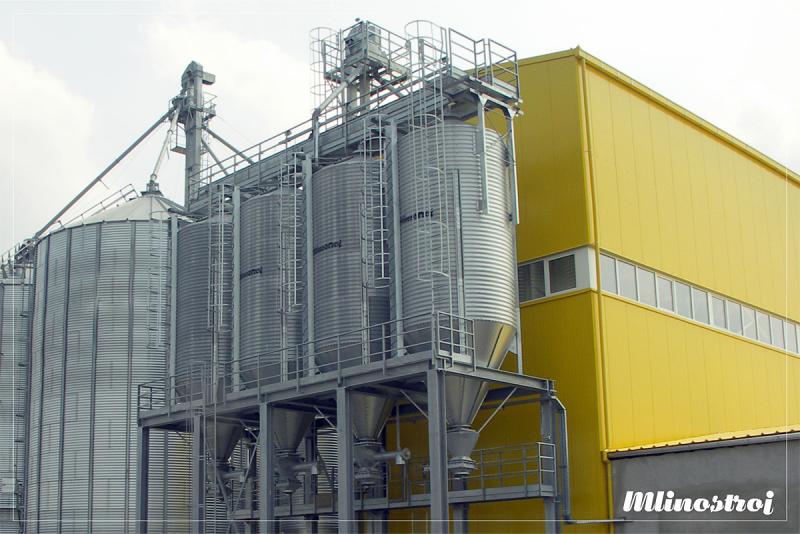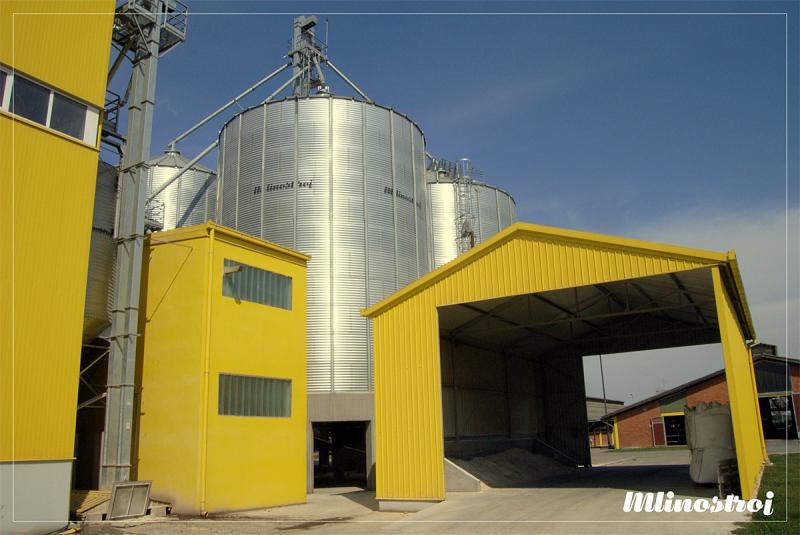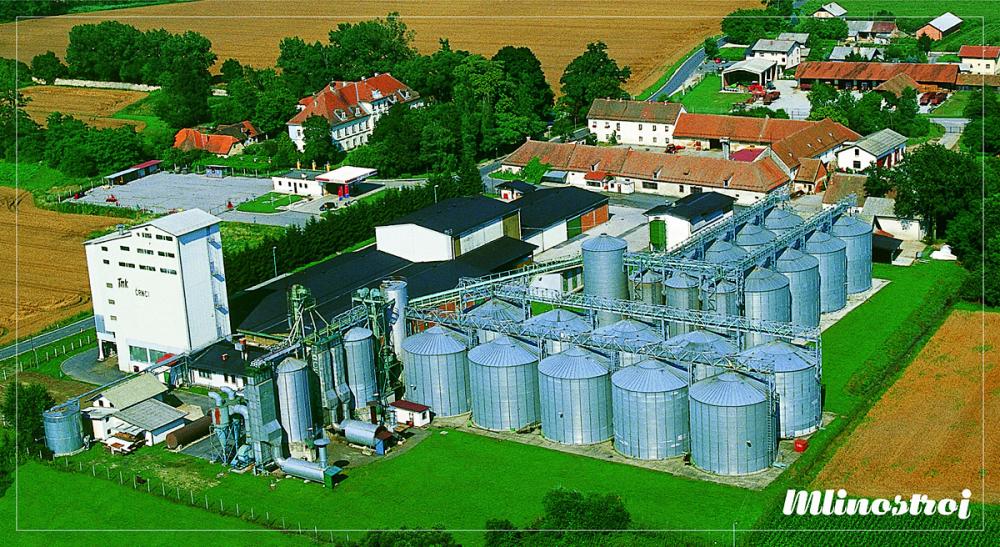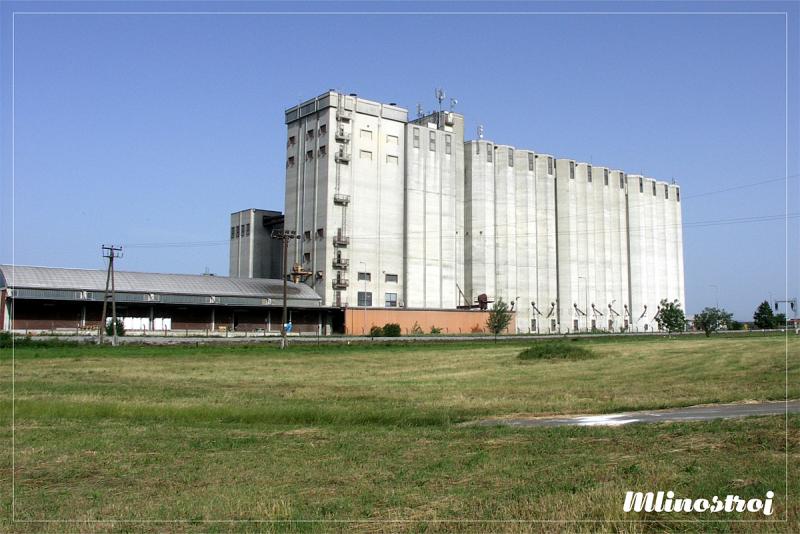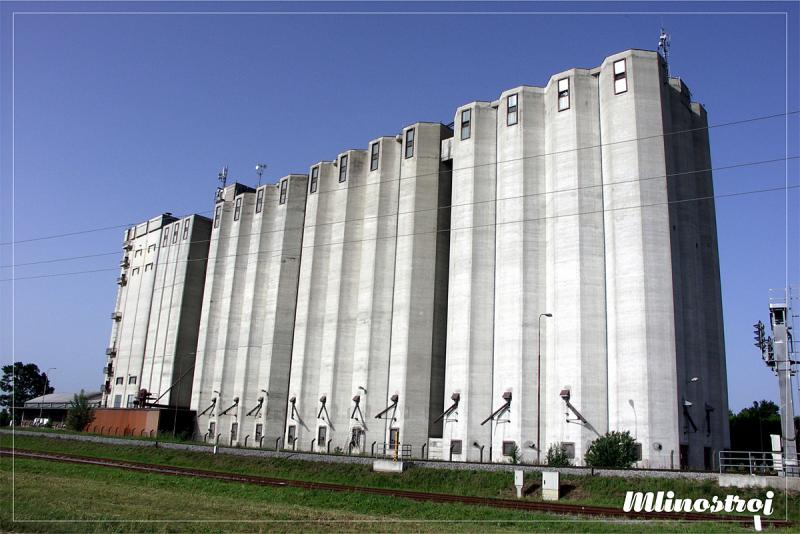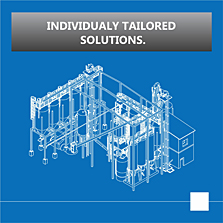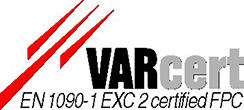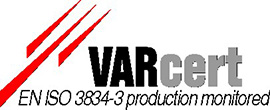Feed mill plants
Feed mill plants are designed as a complete plant intended for the production and storage of a wide variety of feed (feed for poultry, pigs, cattle, etc.) with emphasis given to the rational selection of essential machinery and transportation units.
Our modern units and technology meet all the requirements and quality standards required for the modern production and handling of concentrated feed.
The general capacity of basic production lines amounts to between 3 and 30 t/h. Monitoring and managing production is automated and controlled by a computer system.
Transport units are designed to be resistant to fats and to completely empty the transport line. In some cases, to improve sliding and wear properties, special and quality materials and various plastics are used. These are materials with adequate approvals and certificates for the food industry.
Primary production lines are designed so that all major components for each designated type of feed are added automatically, according to prescribed recipes. When required, certain minor components and mixes are added by hand, through hoppers and designated openings. Even the addition of these minor components to final mixes can be automated.
The filling cells for filling raw materials can be done via lorry hoppers and elevators.
Feed mill plants consist of the following main technological lines;
- receipt and storage of raw materials,
- milling of raw materials,
- dosing, weighing and mixing of individual components,
- the addition of fats, oils or molasses,
- packaging of final products,
- storage and shipment of finished products,
- the dedusting of mixing units,
- command and control of operations of the plant
The filling of road tankers with the finished product is made possible with the aid of filling devices, and into big-bags with bag sizes of 25 ÷ 50kg. The capabilities of weighing scales is about 100 bags per hour
Entire plants are ventilated and aspirated with dust extraction systems. Material which are collected by these extraction systems are then returned to the production line. Because of the implementation of dedusting and filtering, there is no dust particle emission into the environment. Individual workplaces, especially filling hoppers and integrated units are all aspirated to ensure that the whole production line is a closed system. With this, the internal and external atmosphere of the plant is not contaminated, the health of employees is not put at risk and the surrounding neighborhood is not affected.
Due to automated operations of plants and factories only a minimum number of employees is required, especially for management and production control and manpower for adding small components and for the packaging of finished products.

 Slovensko
Slovensko Srpski
Srpski Hrvatski
Hrvatski Română
Română Русский
Русский Bosansko
Bosansko English
English
